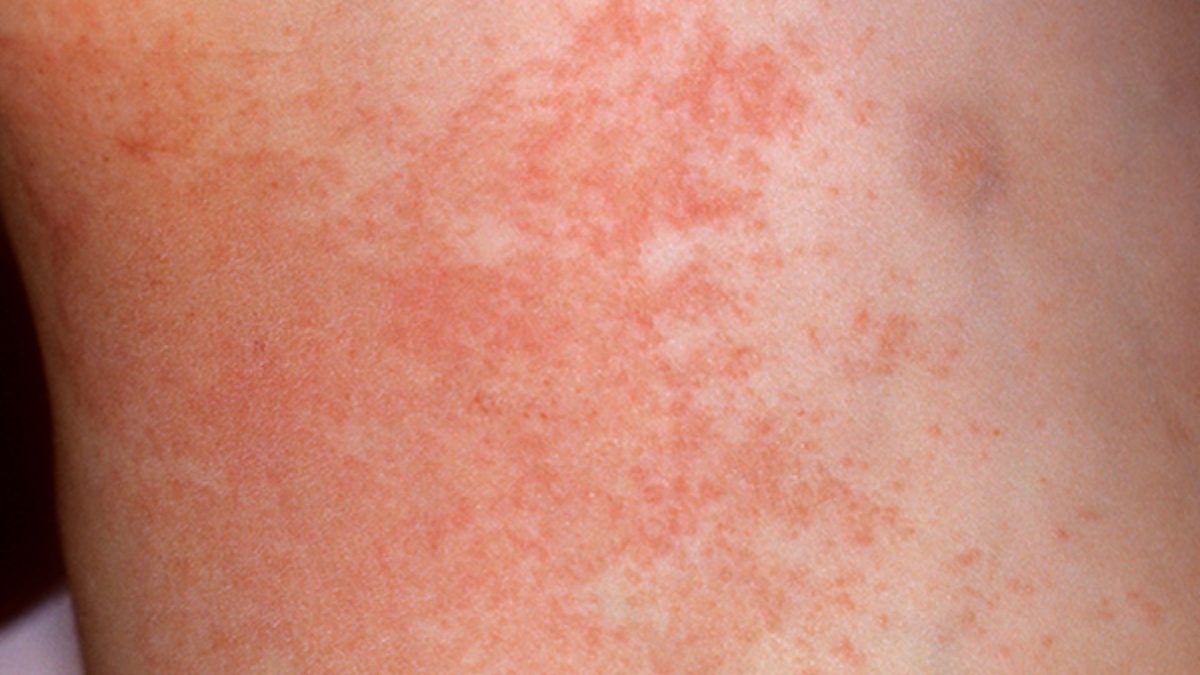Heat Rash
Heat rash develops when a duct that leads from a sweat gland to the surface of the skin is blocked or inflamed. This then blocks the opening of the sweat duct on the surface of the skin (sweat pore). Instead of evaporating, sweat is trapped beneath the skin, causing irritation and bumps on the skin.
Signs and Symptoms:
- Red blister-like eruptions/bumps
- Itching (prickly sensation)
The types of heat rash are classified according to how deep the sweat is trapped in the skin. Signs and symptoms for each type vary.
- The mildest form of heat rash is called miliaria crystallina. It occurs when the opening of the sweat duct on the surface of the skin (sweat pore) is blocked. This form is marked by tiny, clear, fluid-filled bumps that break easily.
- A type that occurs deeper in the skin is called miliaria rubra. It is sometimes called prickly heat. Signs and symptoms include small, inflamed blister-like bumps and itching or prickling in the affected area.
- Occasionally, the inflamed bumps of miliaria rubra fill with pus. This form is called miliaria pustulosa.
- A less common form of heat rash is called miliaria profunda. It affects the deepest layer of the skin (dermis). It causes firm, painful or itchy inflamed bumps that look like goose bumps and may break open.

